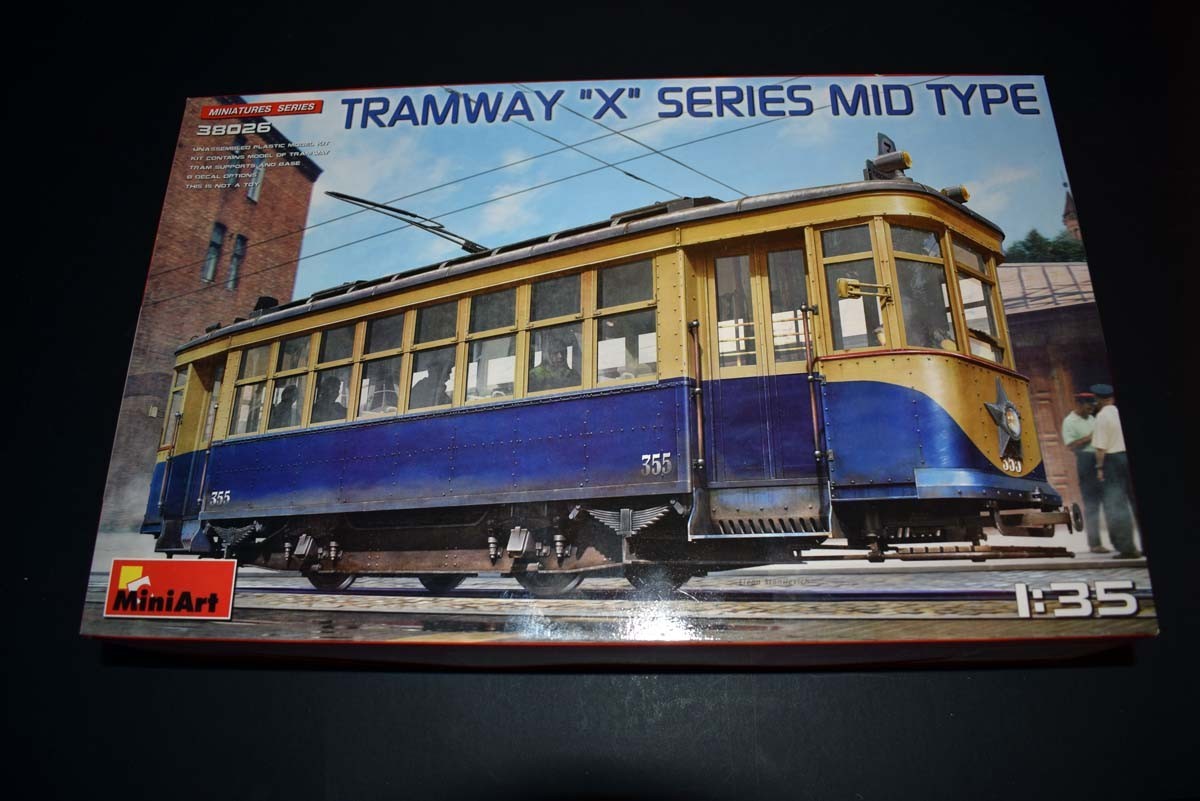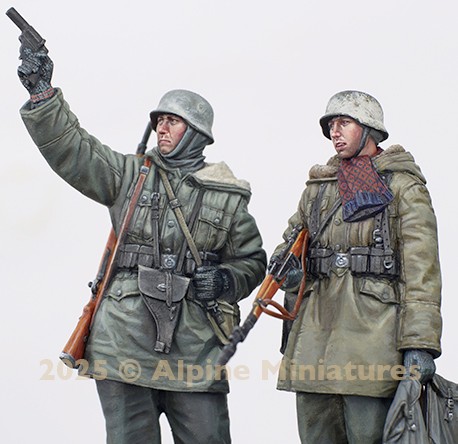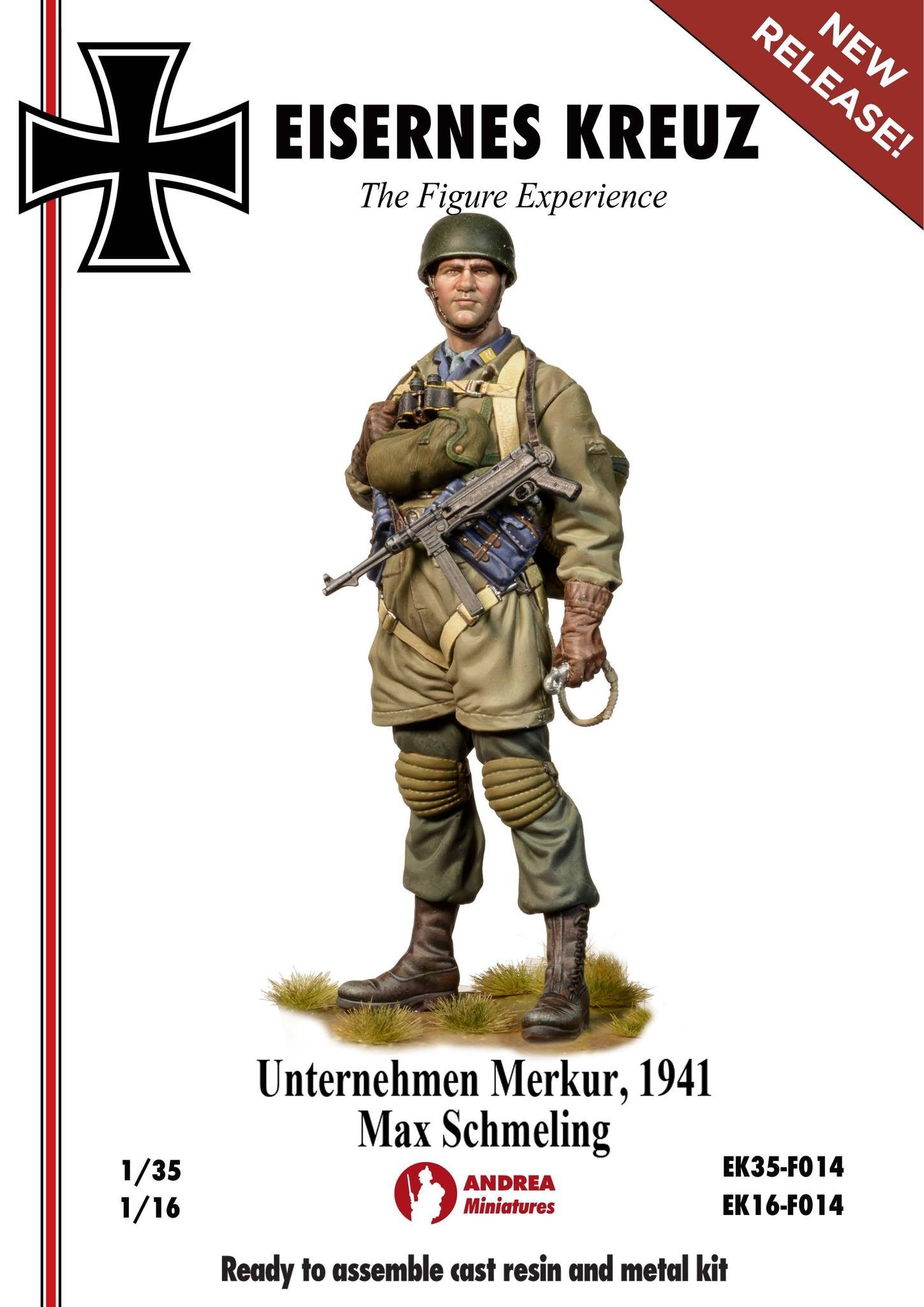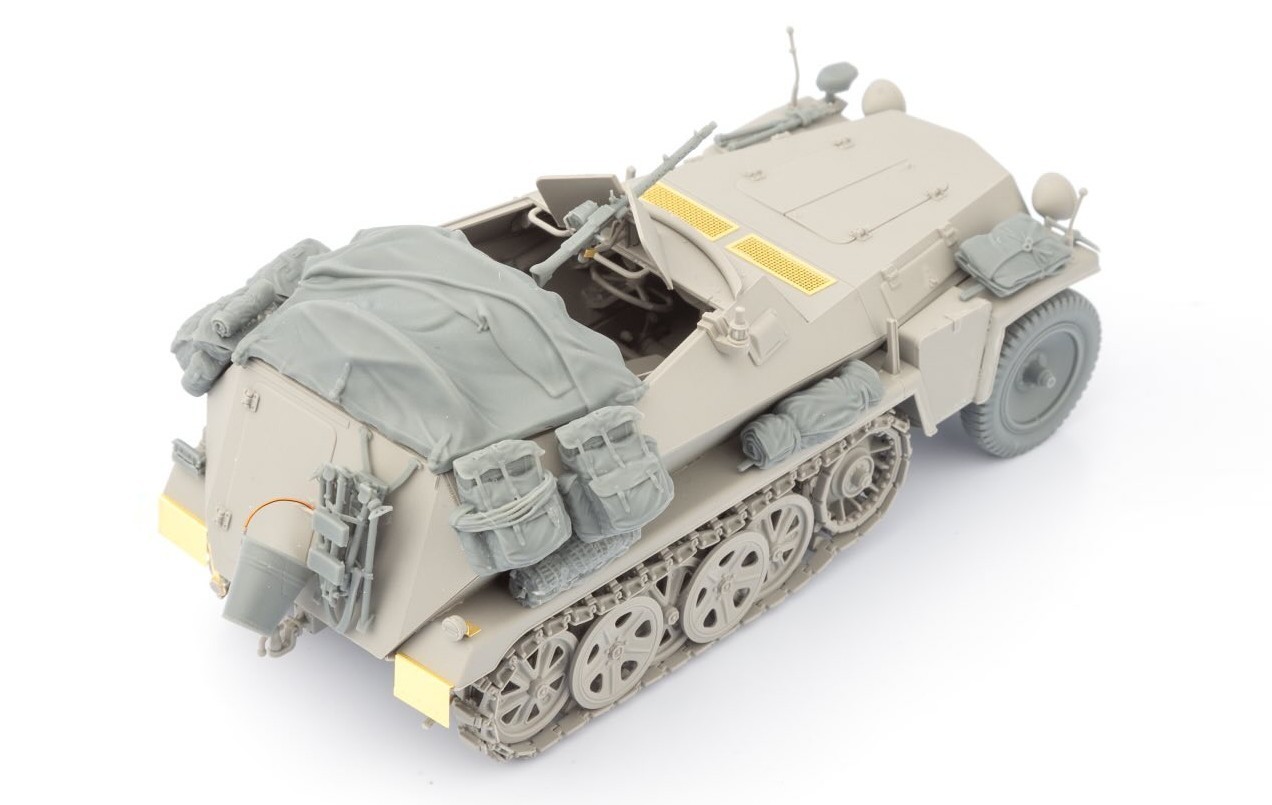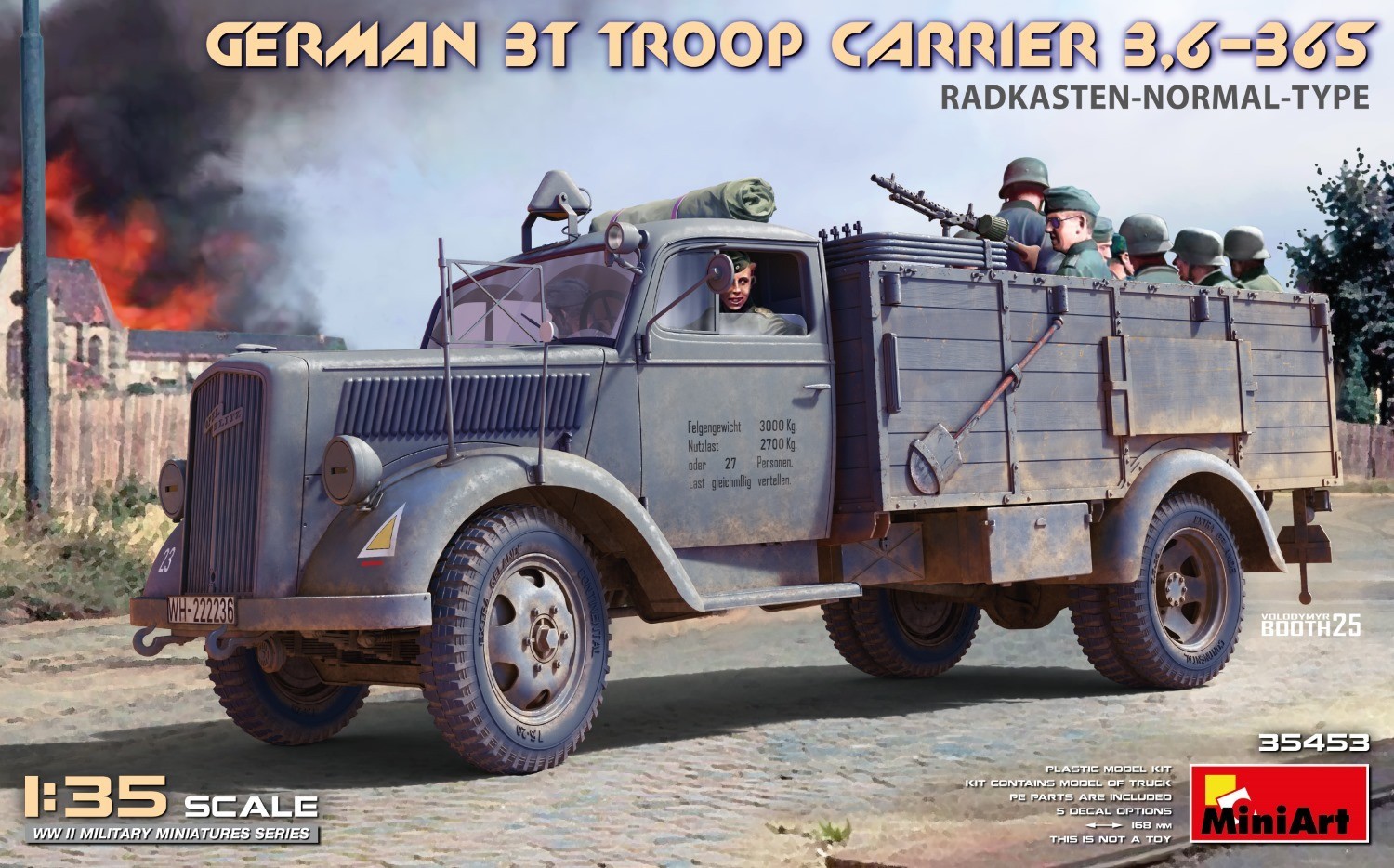Introduction
During the world wars and for a time afterwards trams were the buses of the day, in what would be classed as metropolitan areas. Even today trams are still operating around the world, but in many cases it is a form of transport out of time and as an attraction for visitors. MiniArt has been catering for the tram fan for some time now, taking on those seen commonly in Germany and in the last couple of years in what were Soviet countries. The latest one of these in a mid type X series tram.
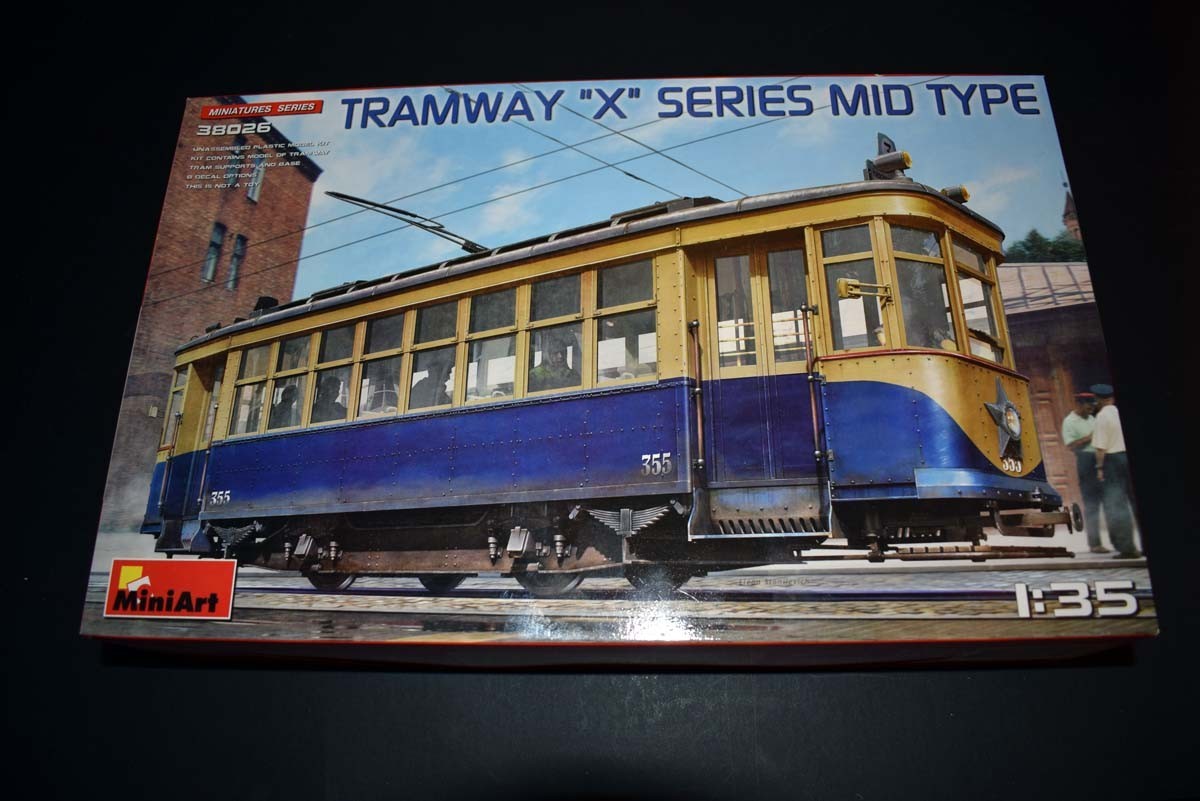
Review
This offering from MiniArt arrives in a reasonably deep cardboard tray with a separate card lid, with a nice colour artwork on the front. Inside of this MiniArt has packaged a considerable number of sprues in a single plastic bag and also containing a bag with clear mouldings and decal sheet. I am not a fan of this approach, as MiniArt uses a lot of very fine detailed parts that could be easily broken or twisted, and by packing everything in one bag I feel that this is a real possibility. Also packaging the decal sheet facing plastic mouldings, there is a danger of damage to them. In this case some divots have appeared in the decal sheet, which could all so easily cause irreparable damage.
The power for the tram is supplied by two electrical motors. Which have their own gear boxes on opposite faces driving one pair of wheels. I do not know for sure, but this would indicate to me that only two wheels are driven depending on the direction you are being driven. These motors are particularly nice features of this model, that unfortunately will never be seen on the finished model. All four of the wheels have twin brake pads, which press directly on to the sides of the wheel, and this has been nicely replicated in this model. This area is finished off with two very large iron castings, that would appear to make up the main structure of the chassis. I do have a minor concern here, in that due to the chassis being made up of lots of individual parts that having a chassis that is not square is a very real risk, and I strongly suggest that a gridded work/cutting mat is used to visually help you to ensure a square assembly.
The body of the tram can be considered as mirror images. The tram is driven on both ends, depending on the direction of travel and that lends itself to this mirrored finish approach. The poor old tram driver only gets a round stool to sit upon. unlike the passengers and I can only imagine what his back felt like at the end of his shift. The passengers seats are down both sides of the tram in back to back fashion, with two inward facing seats at each end. The tram appears to have a metal exterior to the body, with a wooden panel interior. The seats are wooden slats and this is a good detail in the kit offering. For the adventurous modeller, there would appear to be scope for adding functional lighting, which with careful planning could be fed electrical power via the power pick up on the roof. The interior of these Soviet trams, appears to be more practical and functional, unlike the German trams which tended to use a lot of decoration. Moving to the roof, you have the electrical pick up in the centre, which is sprung loaded to keep it in contact with the electrical feeds and I believe was flipped over, and so trailing away from the direction of travel. The window elements of the model have been well done, cleanly moulded and suitably thin.
In order to display your finished masterpiece MiniArt has provided one of their vacuum formed bases, which is a nice inclusion. But I would have liked the rails to have been at an angle on the base, as I feel models look better displayed at an angle. You are provided with two of the pick up poles, from which to string the power cables, and an option of an ornate or straight arm. I believe that the straight arm would be the better choice in this case.
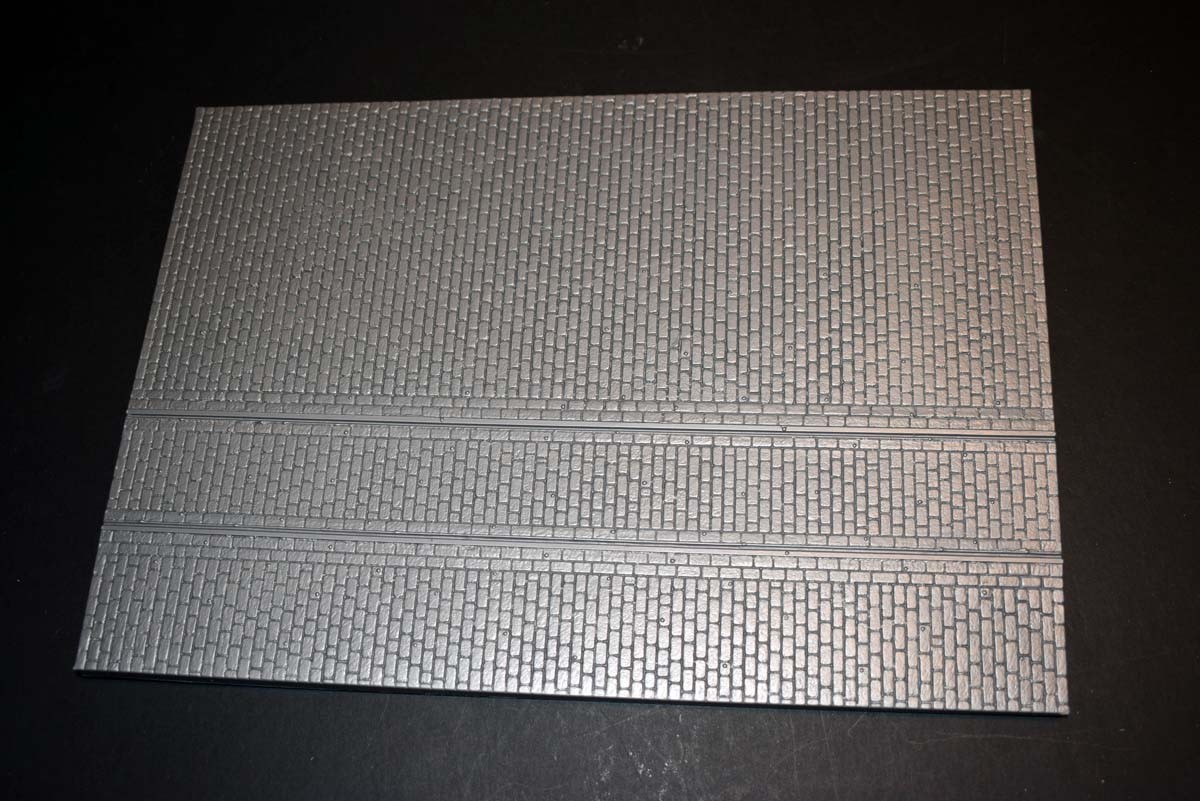
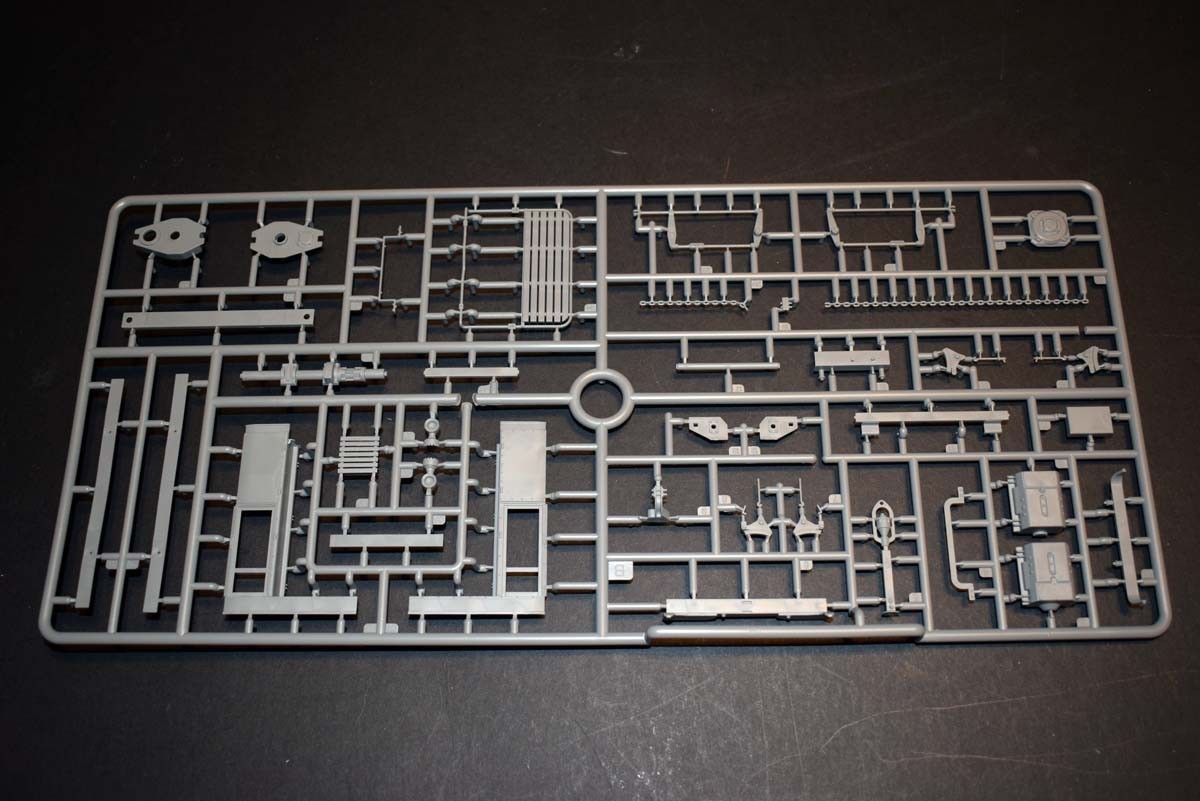



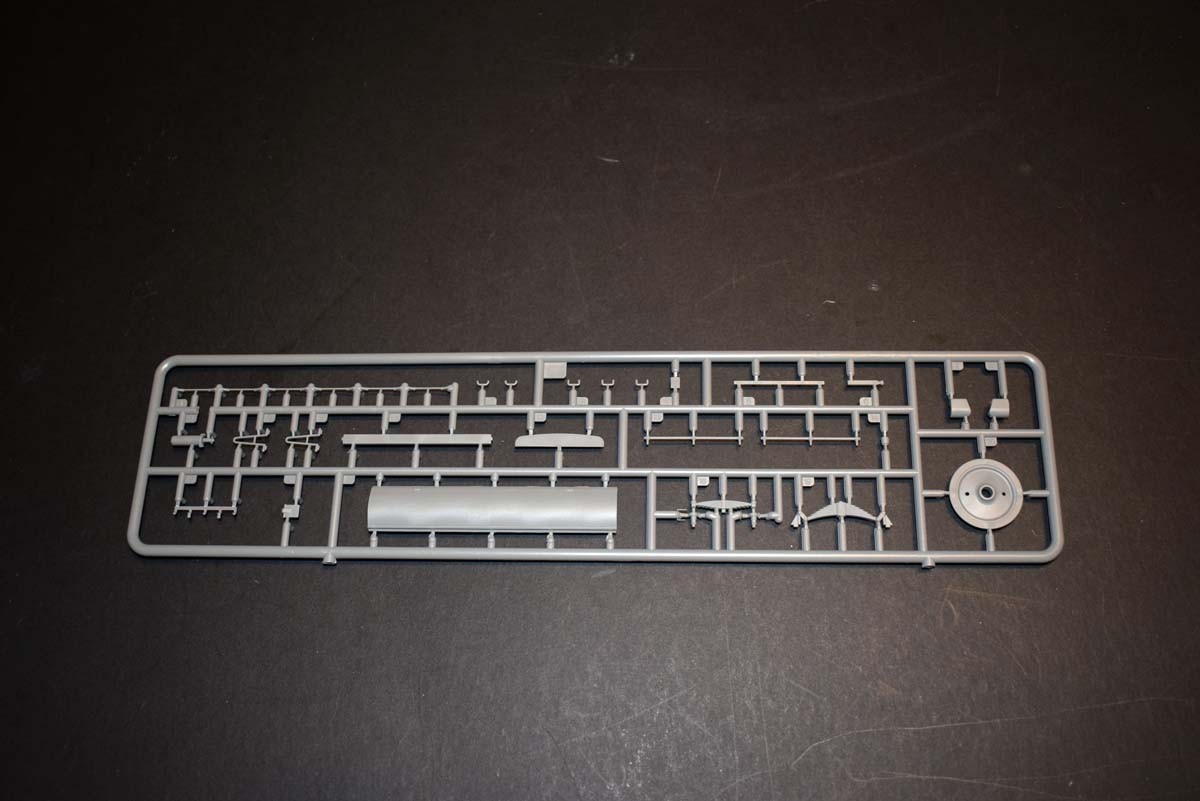



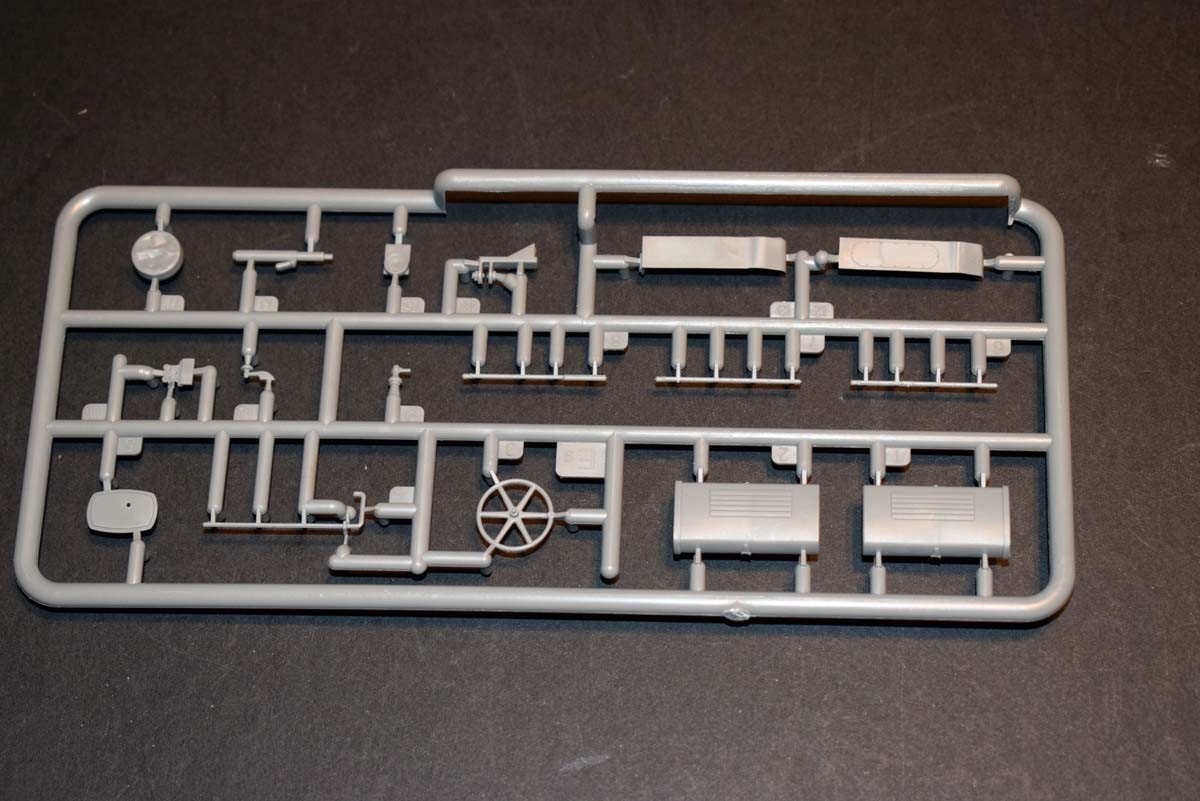
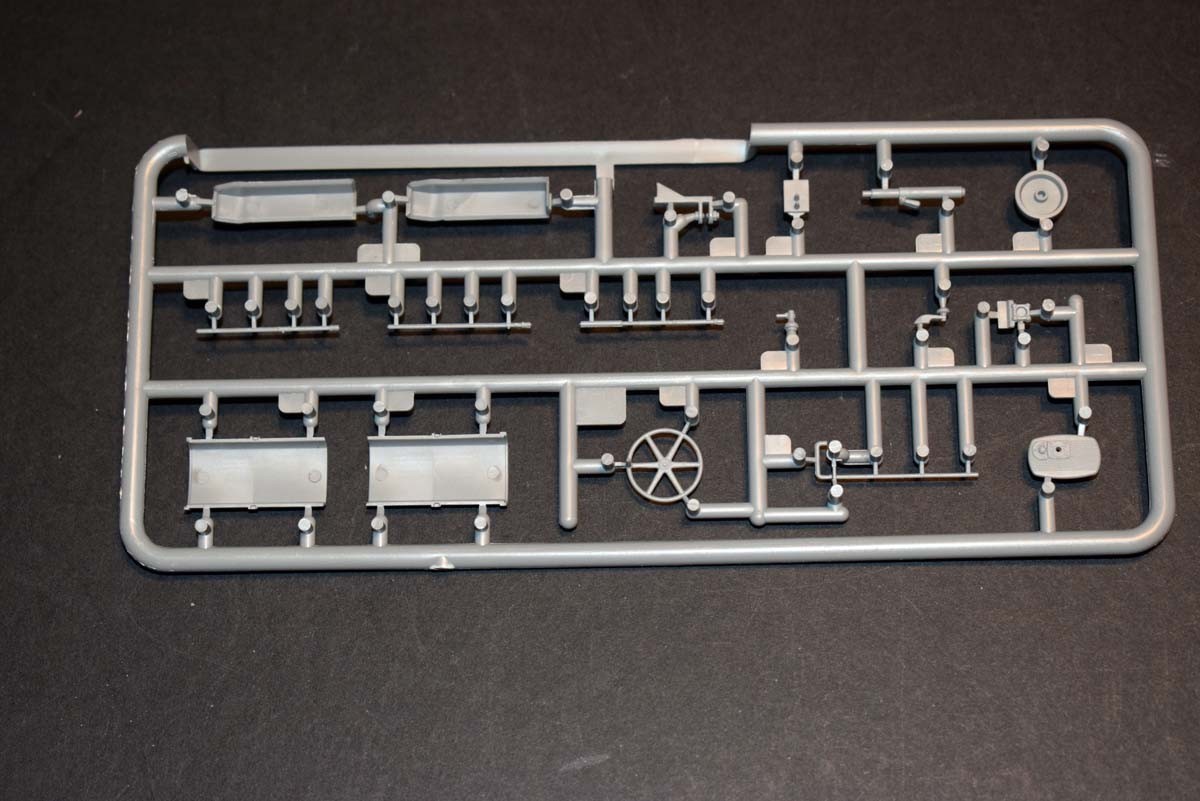
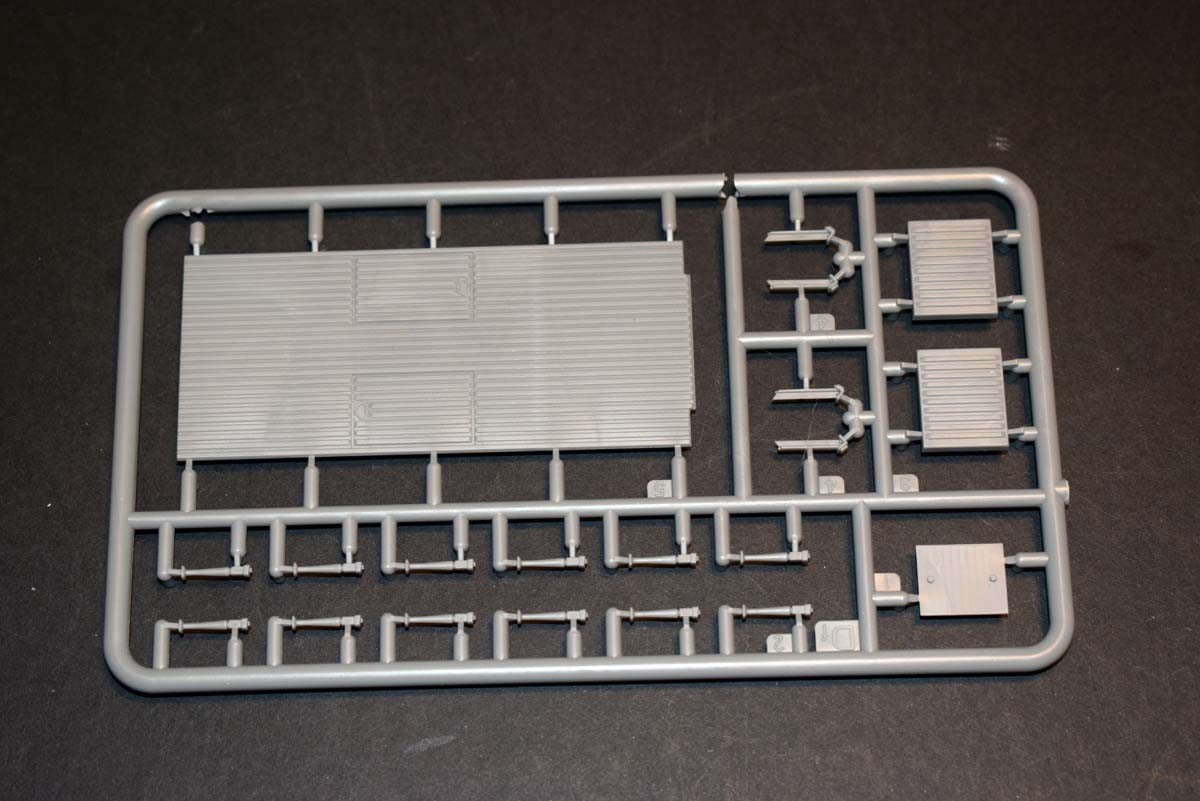

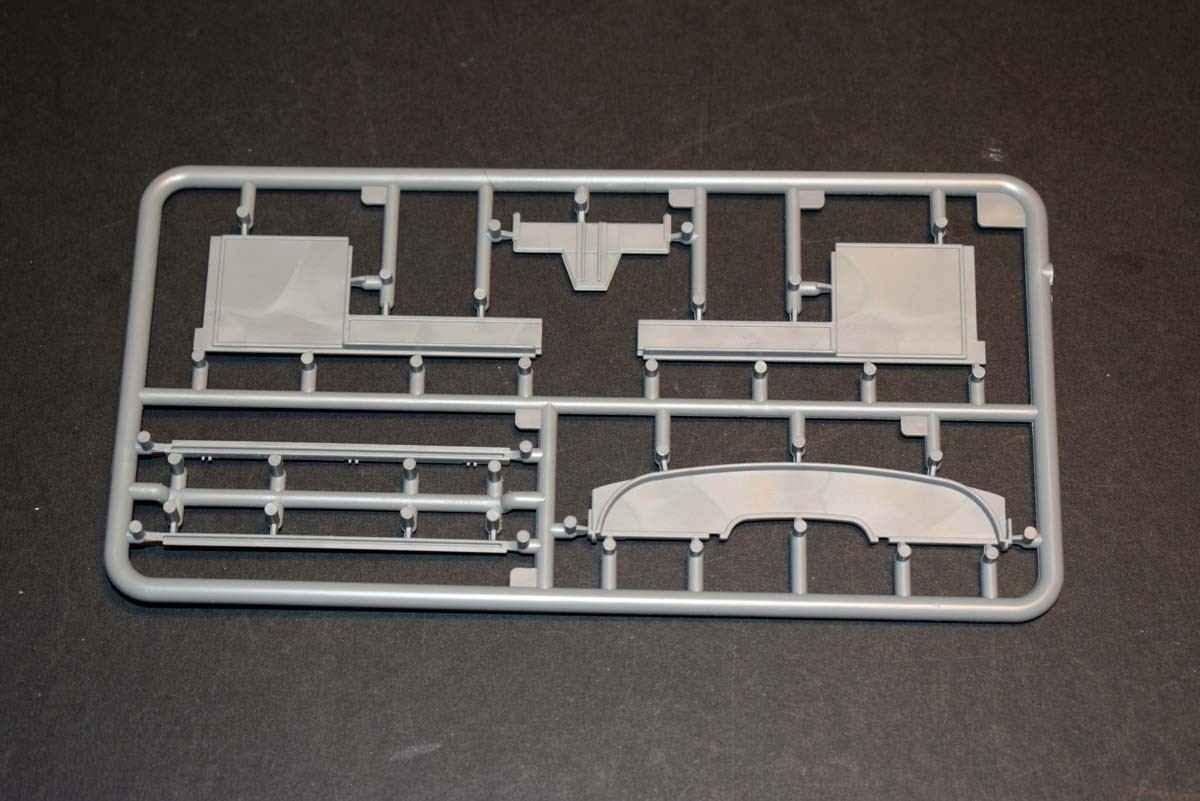
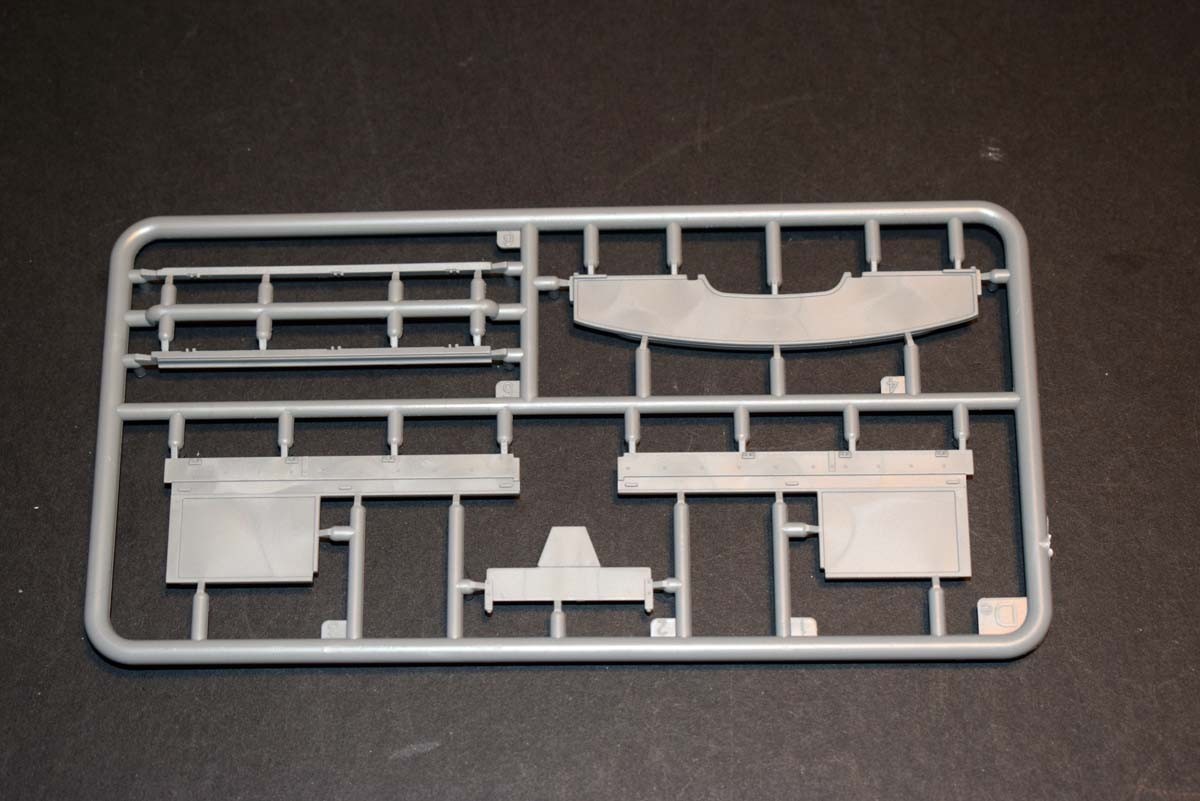
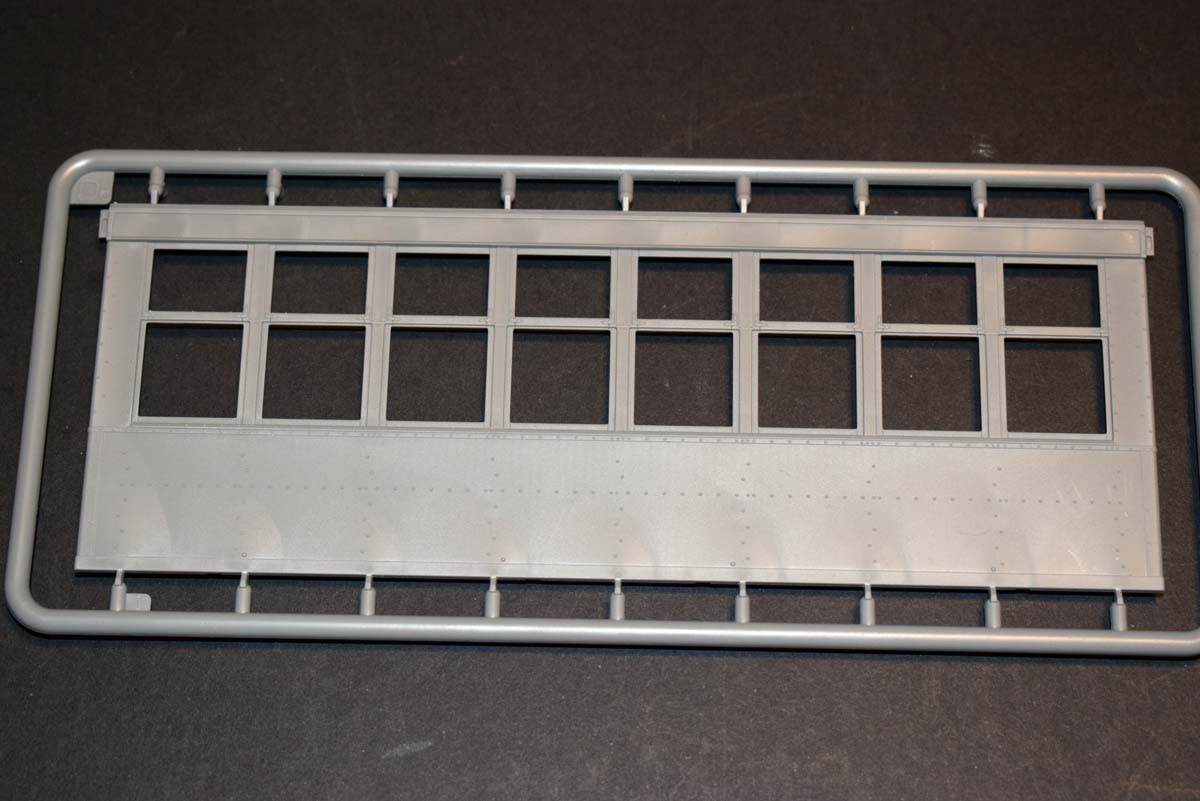
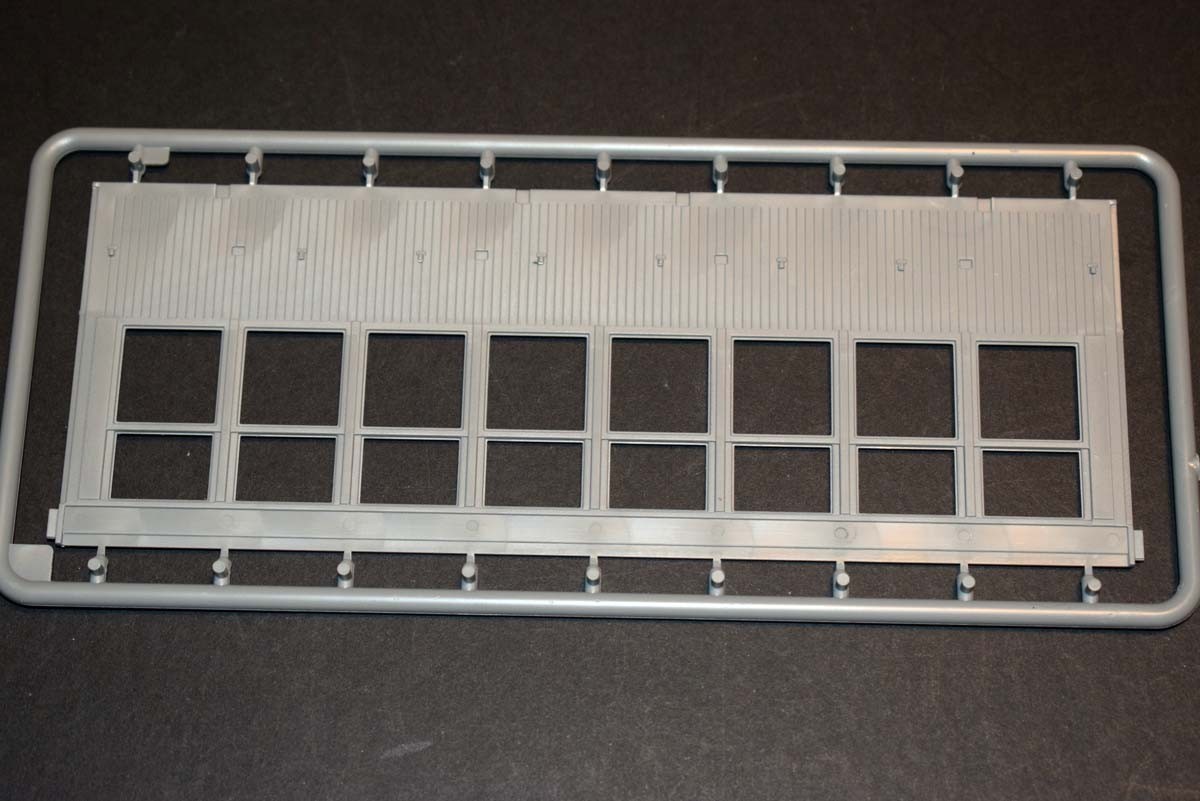
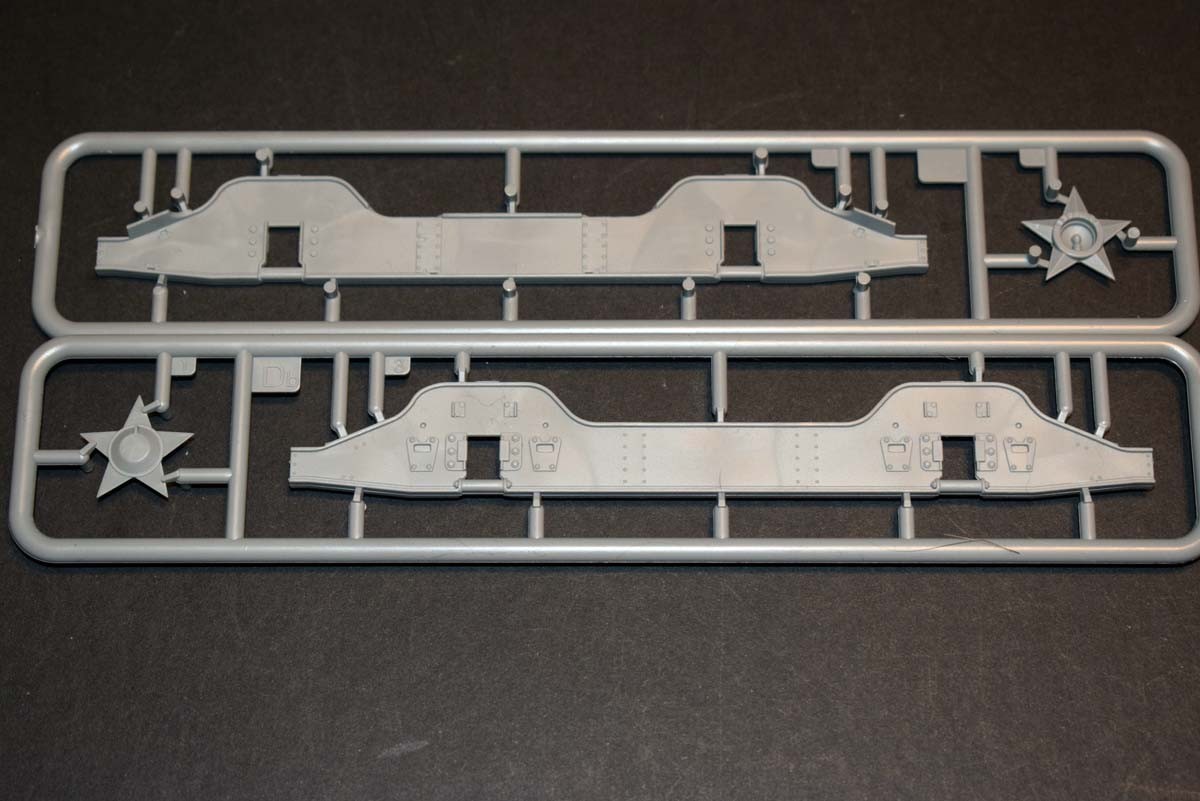




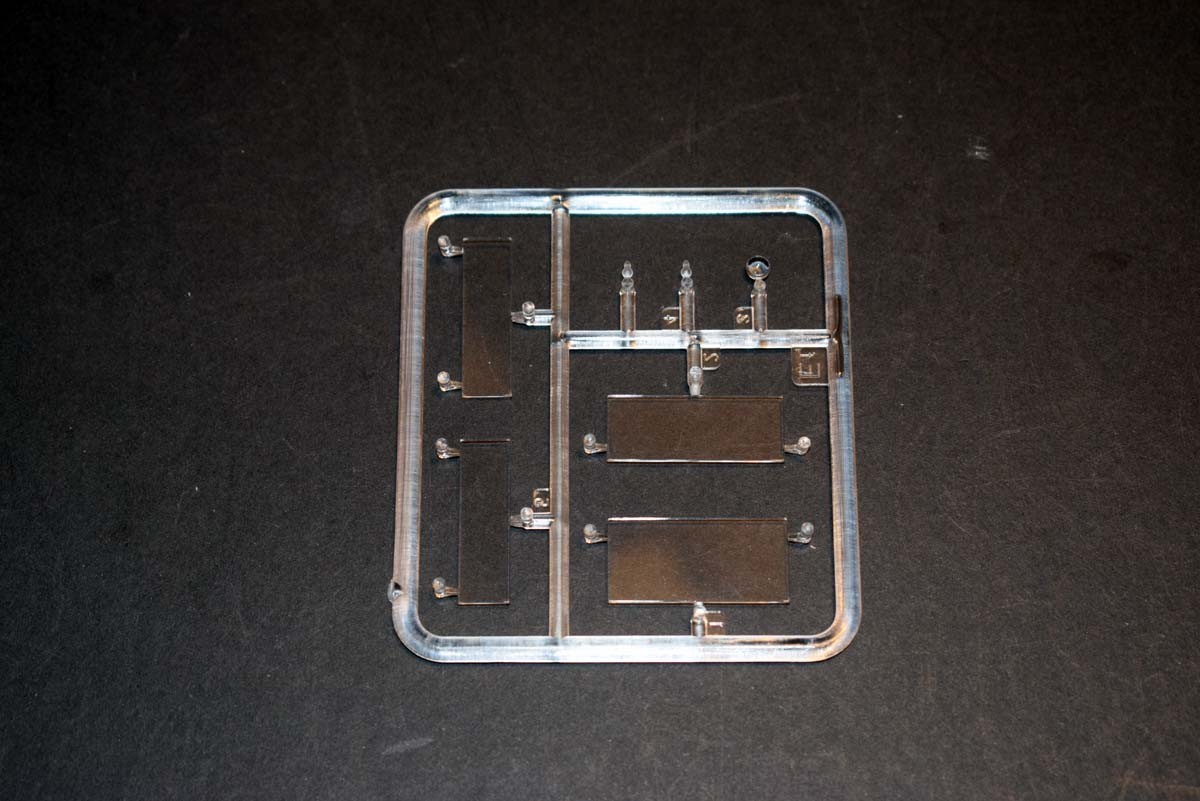
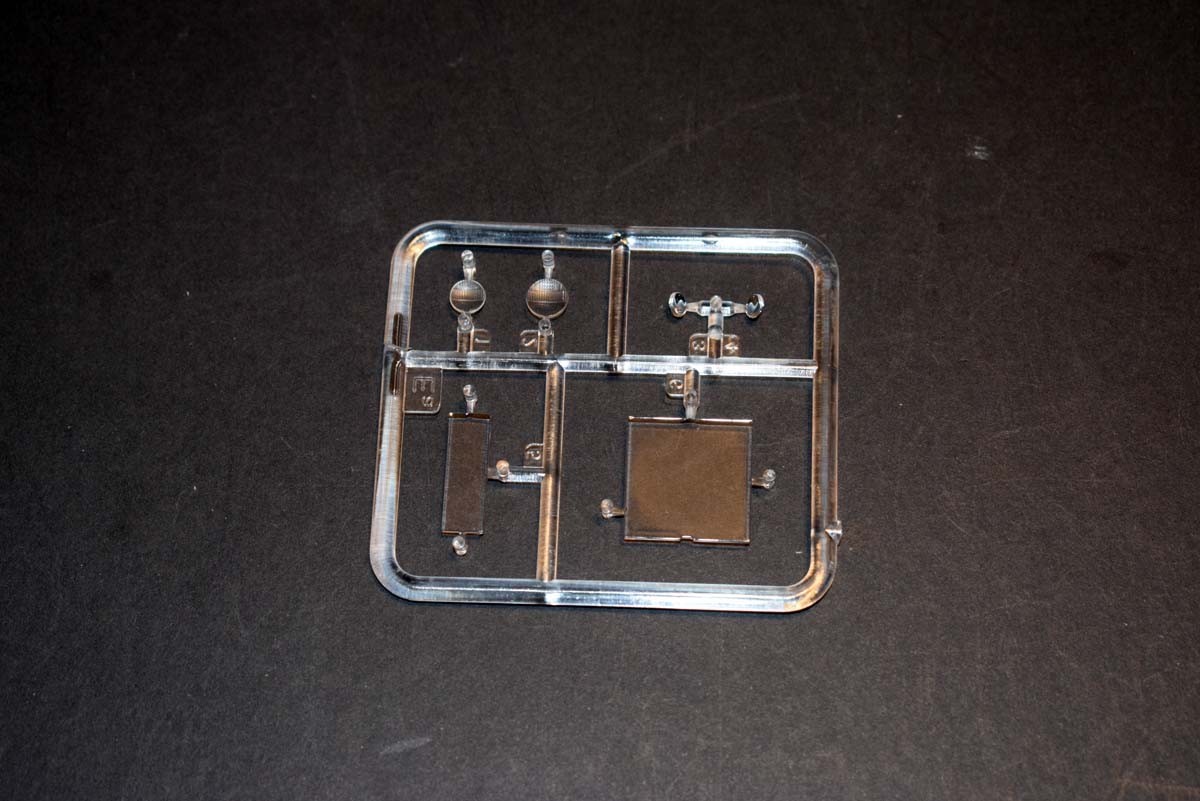
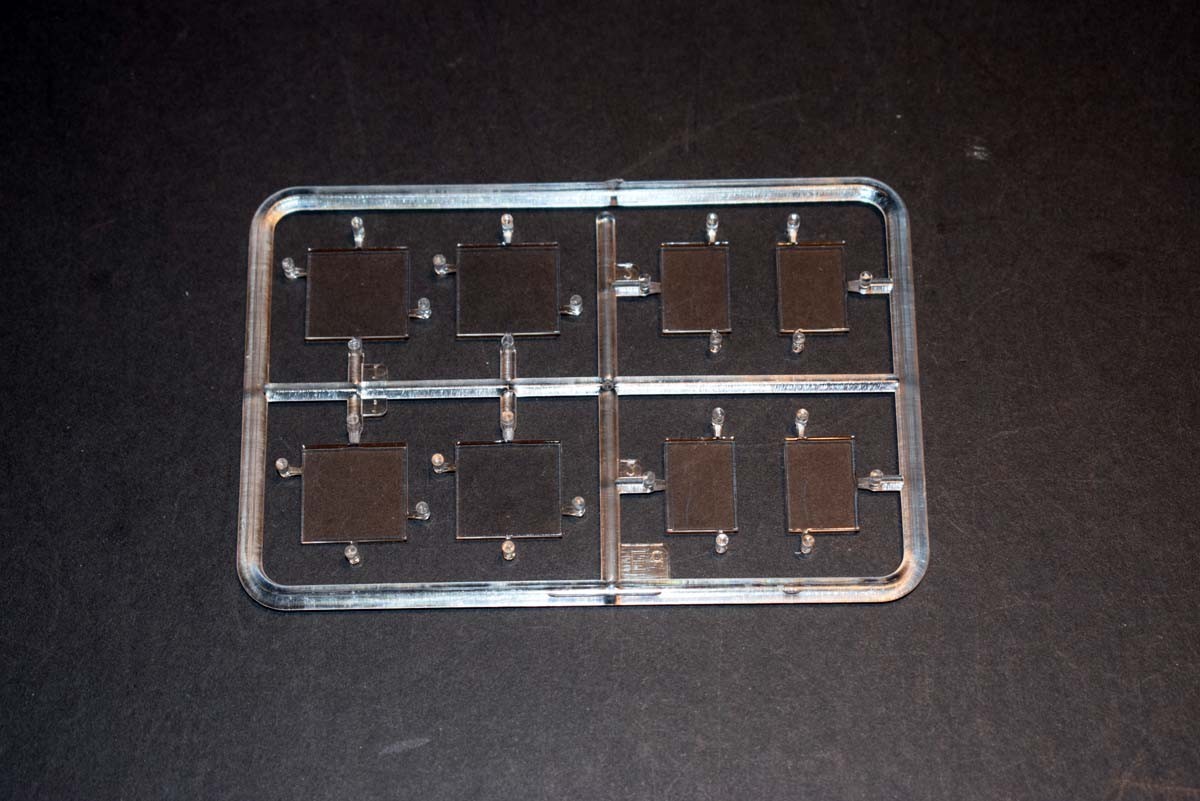

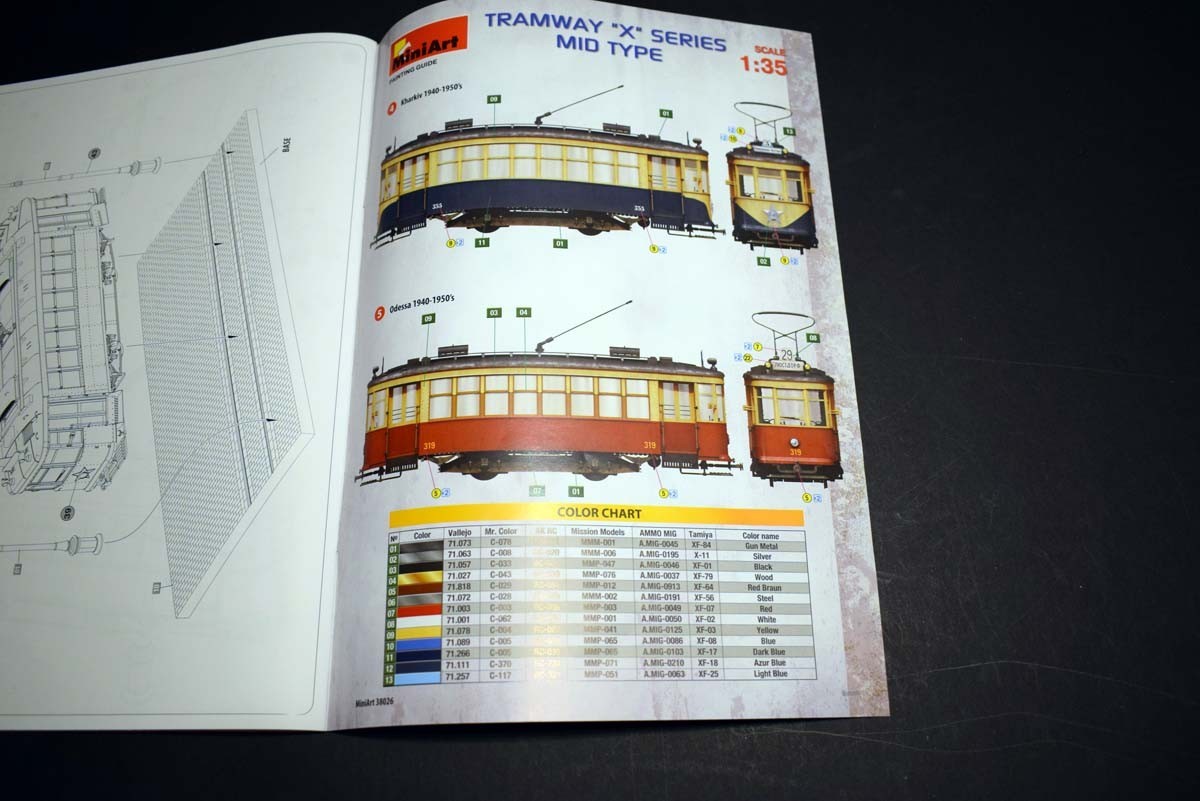

Conclusion
This offering from MiniArt, is a nice model covering a subject which had been largely over looked until recently. The kit is well moulded, the parts exhibit very nice detail, with my only real critique being the packaging of the product, which opens up the large number of very fine mouldings to damage, and of course the decals.










